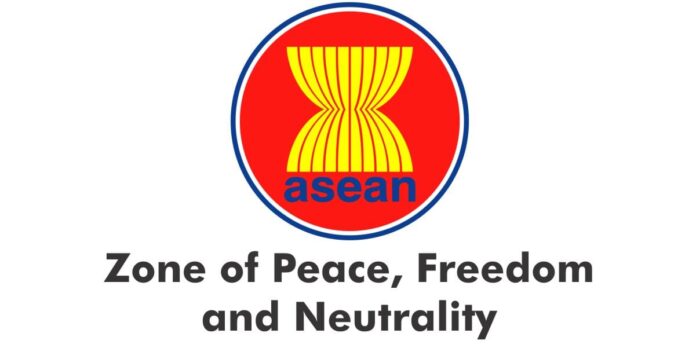Author: Laura Southgate
Affiliation: Aston University, UK
Organization/Publisher: Routledge
Date/Place: Sep 27, 2021/UK
Type of Literature: Research Paper
Number of Pages: 18
Link: https://www.tandfonline.com/doi/full/10.1080/00323187.2021.1967762
Keywords: ASEAN, United States, China, ZOPFAN
Brief:
The Association of Southeast Asian Nations (ASEAN) declared its principle of Zone of Peace, Freedom and Neutrality (ZOPFAN) in the midst of the Cold War in 1971. Ever since, the member states have committed to respect the principle of sovereignty and territorial integrity of all states; neutrality of Southeast Asia is considered as the objective that should be explored and realized. However, as the region is becoming a geopolitical battleground for great power rivalry, the main principle of ZOPFAN is being questioned as the rising tension between the US and China pushes regional states to choosing a side. ASEAN defines ZOPFAN as regional security through regional order and cooperation, in which the nonalignment idea is the ultimate regional goal to regulate state behaviour. Nevertheless, the states’ behaviour is showing more as an example of regional state divergence than commonality which undermines the use of ZOPFAN as a regional security framework. For instance, in the post-Cold war period, Vietnam has sought to increase its strong relations with the US in order to challenge the maritime sovereignty dispute with China in the South China Sea. Cambodia, on the other hand, has pursued close relations with Beijing in return for economic and political benefits. Regarding the South China Sea dispute, during the Obama administration the US launched the Asia ‘Pivot’ strategy which committed to enhance the regional security in the South China Sea. In Southeast Asia, this support was welcomed by those ASEAN states that encounter territorial disputes in the South China Sea with China, which shows the gesture of taking sides by ASEAN member states and undermines the principle of ZOPFAN. However, when Trump came into office, it raised doubts regarding the US commitment towards the region as he withdrew the US from the Trans-Pacific Partnership (TPP) in his first week in office and abandoned all foreign policy of his predecessor. As a result, China succeeded to improve its relation with ASEAN member states with ASEAN becoming China’s largest trading partner in 2020. An examination of the ZOPFAN principle from the past to present raises questions whether it is truly achievable or not. The author argues that the ability of ASEAN to counter great powers’ influence and maintain neutrality is increasingly unlikely without a united approach or bond by shared-threat perception, strategic interest and common purpose.
By: Salman Nugraha, CIGA Research Intern




